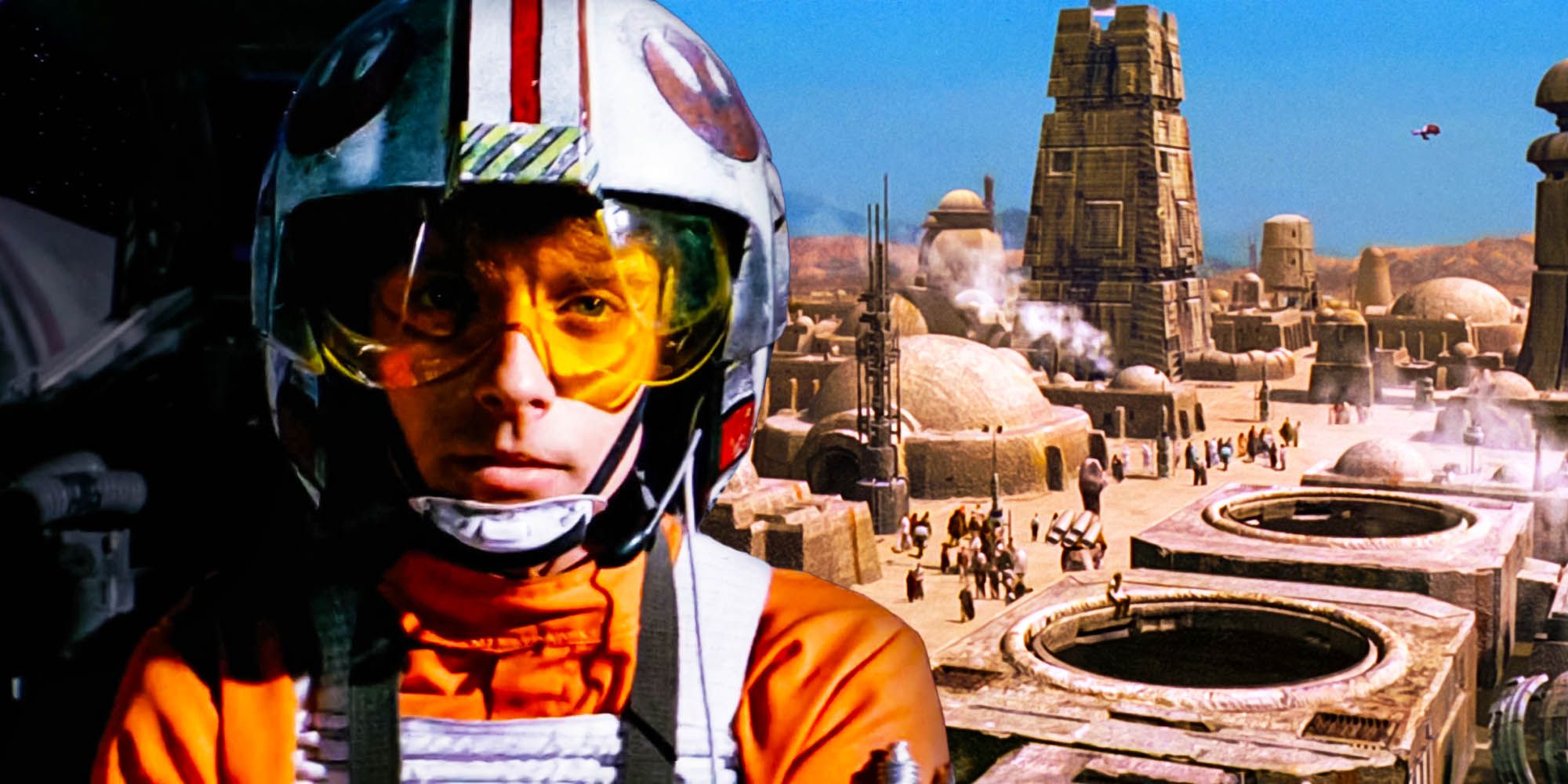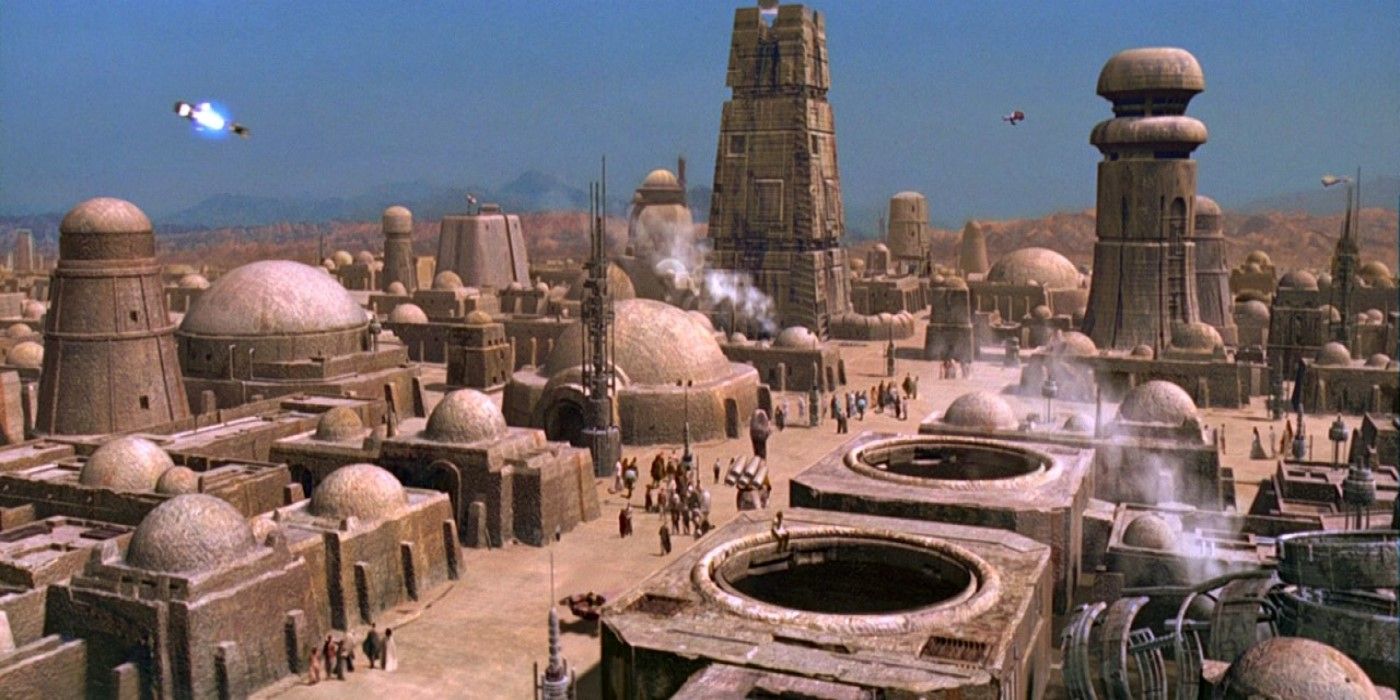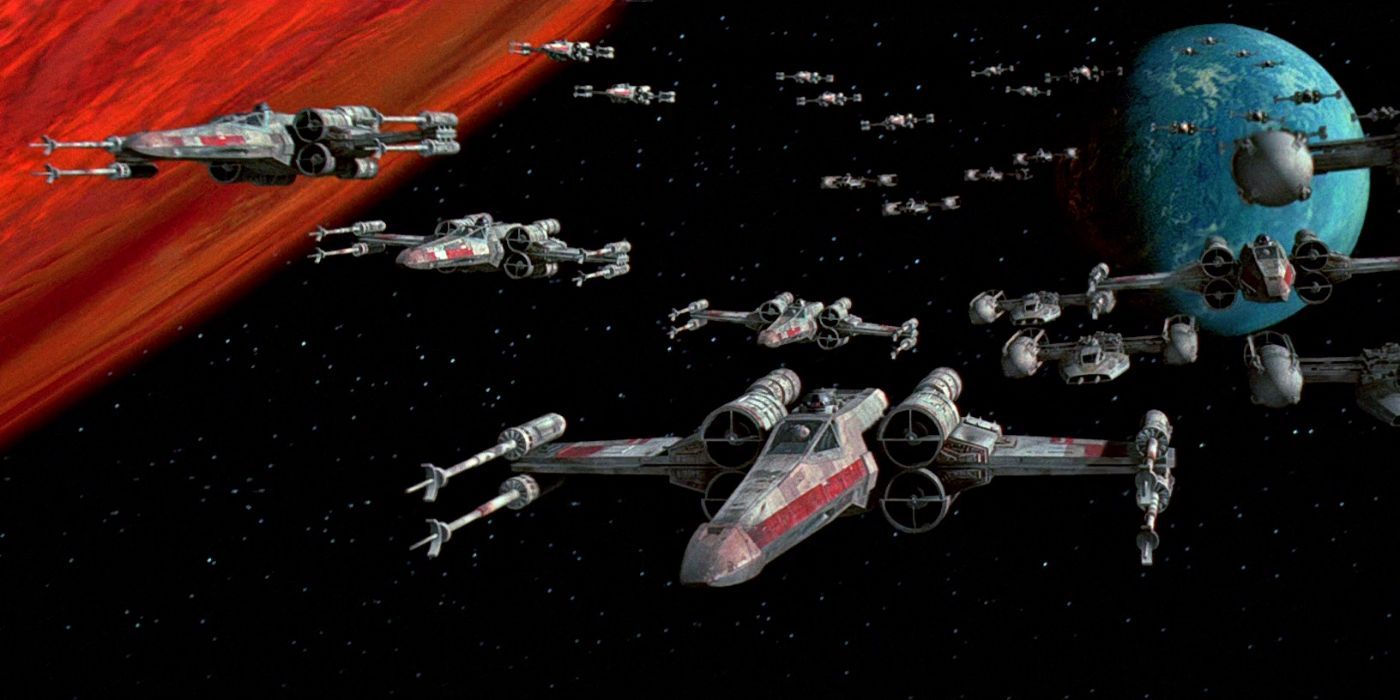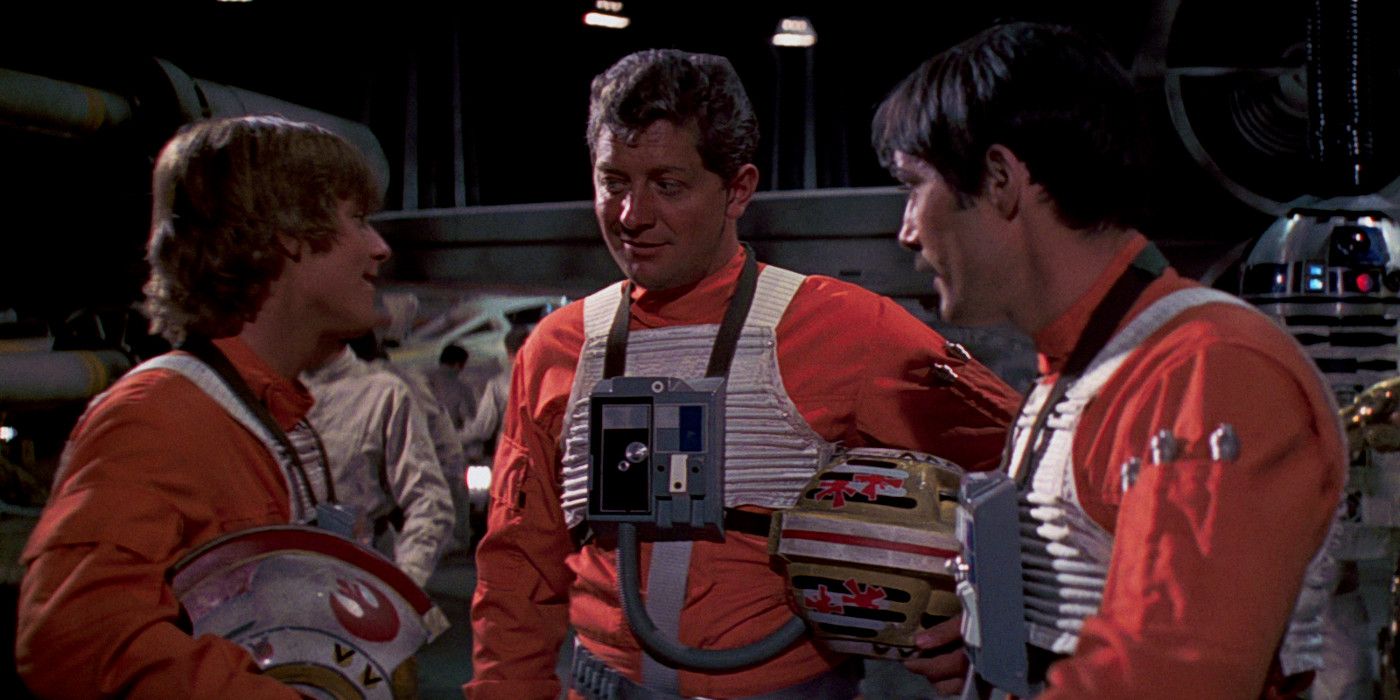The Star Wars: A New Hope special edition is infamous for its illogical and unnecessary changes, but some of the additions actually improved the classic movie. Upon its release in 1977, Star Wars changed the American pop culture landscape almost overnight, blending science fiction with fantasy to make an epic space opera whose optimism and earnestness was a stark contrast to the generally cynical fare of the late 1970s. Moreover, A New Hope's special effects were groundbreaking with one of American cinema’s most iconic sound designs and visual aesthetics, thanks to the work of such creatives as Ben Burtt and Ralph McQuarrie. To keep the original films up to date in an increasingly digital film landscape, George Lucas and Lucasfilm opted to re-release all three movies in 1997 with updated visual effects and additional scenes.
The A New Hope special edition, along with The Empire Strikes Back and Return of the Jedi, are known for making baffling changes to the original films. Perhaps the most infamous of these is Han Solo shooting and killing Greedo. While Han originally blasted Greedo from underneath the table in a pre-emptive, life-saving decision, the special edition had Greedo fire at Han, missing at point blank-range, before Solo kills him in retaliation. In addition to Greedo’s inexplicably poor marksmanship for a hired killer, the change was also detrimental to Han’s pragmatic and cold demeanor as a smuggler before joining the Rebellion.
The poor reputation of the special editions among many hardcore Star Wars fans and film buffs has made the theatrical cuts of the original trilogy highly sought after. While they haven’t been released in an HD format, the theatrical cuts of the Star Wars films did get a limited DVD release in 2006 as bonus discs alongside the 2004 special editions (the second of three additional iterations of the special editions after 1997). However, not everything in the Star Wars special editions is detrimental to the original trilogy's quality. Indeed, some good did come of Lucas' tinkering, with genuine improvements in A New Hope's special edition.
The Mos Eisley Establishing Shots
Mos Eisley, the “wretched hive of scum and villainy,” as Obi-Wan described it, was a key location at the end of the film’s first act. It’s a massive, teeming spaceport full of criminals, bounty hunters, and other unsavory characters, but the original cut of Star Wars only showed a fraction of what George Lucas intended for the spaceport. The special edition changes the scale of Mos Eisley, adding far more denizens and creatures, such as the massive ronto, to the spaceport. The new footage also added landmarks in the form of shipwrecks in the sand, giving Mos Eisley a sense of history in addition to making it large and more populated.
The Star Wars special editions also came out at a time where the Expanded Universe, now called Legends, was having a surge of new content. While the Dark Empire comics and the Thrawn Trilogy of novels came at the start of the decade, the late 90s were defined by the Shadows of the Empire multimedia project. A New Hope's special edition’s Mos Eisley additions also include numerous speeders, droids, and vehicles from Shadows of the Empire. The most prominent of these was The Outrider, a freighter captained by Dash Rendar, a character introduced in Shadows of the Empire. Rendar’s ship can be seen departing Mos Eisley as Luke and Obi-Wan enter the spaceport by speeder.
The Improved Special Effects
Out of all the original Star War films, A New Hope looked the most outdated by the late 90s, despite its groundbreaking theatrical release. The bulk of the special edition’s changes were to the film’s special effects, updating them to the point that they hold up much better to even 2020s standards. The static dewbacks that Stormtroopers rode were replaced with moving CGI models, and an Imperial landing craft (introduced in Shadows of the Empire) was also added to one scene. The destruction of Alderaan (and later the Death Star) was updated to have far more dramatic explosions, complete with visible shockwaves. Aboard the Death Star, Han Solo now chases a group of Stormtroopers into a hangar bay populated by hundreds of Imperial troops rather than a dead-end, making the moment much funnier.
A New Hope’s exciting space battles were in most need of a special effects overhaul since the X-wing and TIE Fighter dogfights were quite slow and tame when compared to the higher-octane space battles in the following two films. The special edition, thankfully, updated the space battles, adding more background fighting and improved digital effects to the Death Star battle in particular, making the climactic act 3 conflict far better.
Luke's Conversation With Biggs Before The Final Battle
Not all of the special edition changes had to do with special effects. In some cases, new story content was added, and by far the best new scene was Luke Skywalker’s conversation with Biggs Darklighter right before the Battle of Yavin. In the theatrical cut, Luke mentions his friend Biggs to his Aunt and Uncle and communicates with a fellow Rebel pilot of the same name during the finale. Luke’s friendship with Bigg was a subplot with a significant amount of footage, including an alternate opening to the film on Tatooine, but most of this footage was cut. A New Hope's special edition connects Luke’s mentions of Bigg on Tatooine to his wingman in Red Squadron by having Luke reunite with his childhood friend.
The scene also has tragic ramifications, as Biggs’ X-Wing is shot down by Darth Vader towards the end of the Battle of Yavin, finalizing the destruction of Luke’s Tatooine past at the hands of the Empire. For viewers unfamiliar with Legends non-movie material, Biggs’ death lacks the same impact in the original cut. While the special edition doesn’t delve as deep into Luke and Biggs’ friendship as the Legends material does, it lends emotional weight to his demise that was sorely lacking in the theatrical cut. Ultimately, it’s up to viewers which edition of the first Star Wars movie they prefer, because the special edition made numerous changes, whose effects range from inexplicable to genuine improvements.




